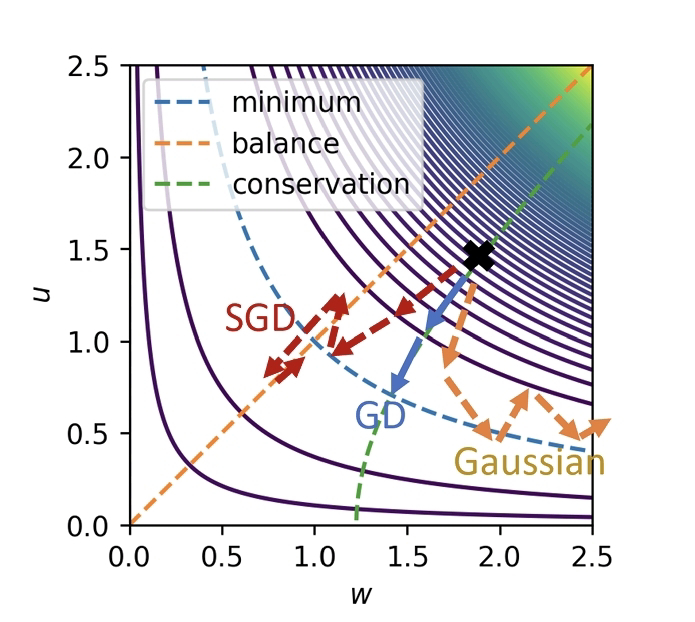<< ️In this paper, (AA) derive several criteria for (weak) synchronization by noise without the global swift transitivity property. (Their) sufficient conditions for (weak) synchronization are necessary and can be applied to scenarios involving degenerate or non-Gaussian noise. >>
<< ️These (AA) results partially answer the open question posed by Flandoli et al. (Probab Theory Relat Fields 168:511-556, 2017). As an application, (AA) prove that the weak attractor for stochastic Lorenz 63 systems driven by degenerate noise consists of a single random point provided the noise intensity is small, and there is no weak synchronization if the noise intensity is large. This indicates that a bifurcation occurs in relation to the intensity of the noise. >>
Xianming Liu, Xu Sun. Synchronization by degenerate noise. arXiv: 2512.18278v1 [math.DS]. Dec 20, 2025.
Also: noise, random, in https://www.inkgmr.net/kwrds.html
Keywords: gst, noise, randomness, degenerate noise, non-Gaussian noise, weak synchronization, weak attractors.








